

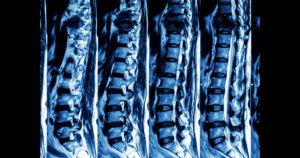
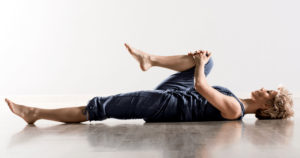
While herniated disks cannot be easily replaced, they are often
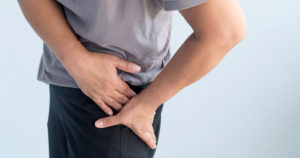
Hip pain caused by herniated or ruptured disc Lower back
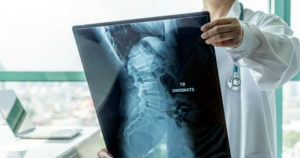
Can an x-ray show a herniated Disc? A medical history

Weightlifters understand back pain well. Weightlifters can avoid pain and
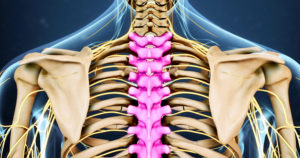
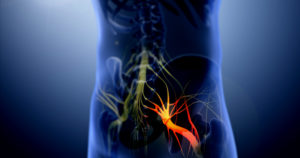
Intervertebral Discs are found between the vertebrae on the front
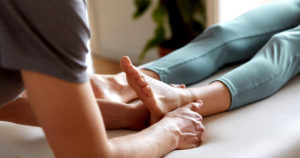
Back pain is quite common. Nearly 31,000,000 Americans suffer from

Herniated spinal discs happen when the discs in the spine
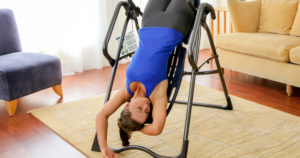
If you have ever seen many spine patients, chances are
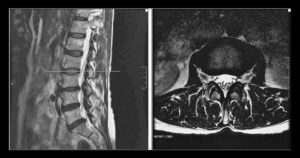
Slipped disc? The importance of MRI for detecting a herniated
How to Obtain Workers’ Compensation for a Herniated Disc What is Herniated Disc and How Does It Work? If one
Treatments for conditions that affect the L5-S1 spine motion segment are often nonsurgical. Surgery may be required if lower back
Herniated discs occur when the softened core of a spinal disc pushes against a crack within its casing. This disorder
Are my Hip Pain and Back Pain related? Both hip pain and back problems can cause lower back pain, groin
Herniated Disc – Nonsurgical Treatments Most people don’t need surgery to treat symptoms of a herniated disc. It may take
The pain of a herniated disc or slipped disc can make even the most simple things painful. It’s easy for
Yoga can improve your health and reduce pain. Yoga increases awareness and strengthens your body. A herniated disc can be
A herniated or bulging disc is a condition that can affect any part of the spine, especially the lower back.
What is the problem here? Although chronic backache is more common in elderly people, it can also be experienced by
he length of time that social distance is recommended for becomes longer and longer, it’s natural to begin feeling disconnected, lonely, and maybe even anxious. Without your usual support systems and routines, you can lose your bearings and begin to feel a bit helpless, especially in the face of all this information regarding coronavirus. Finding ways to stay occupied and stay connected with friends and family can help a great deal in easing these feelings and adding some normalcy to an unprecedented time. Fortunately, you have a number of options for staying connected.
Disclaimer : Disclaimer: All information presented in this website is intended for informational purposes only and not for the purpose of rendering medical advice. The information contained herein is not intended to diagnose, treat, cure or prevent any disease.
Follow us to stay up to date on our groundbreaking procedures, news, speaking engagements and upcoming appearances.
Disclaimer : Disclaimer: All information presented in this website is intended for informational purposes only and not for the purpose of rendering medical advice. The information contained herein is not intended to diagnose, treat, cure or prevent any disease.
